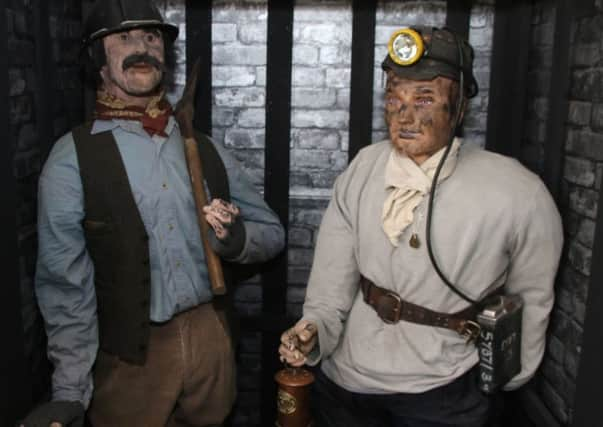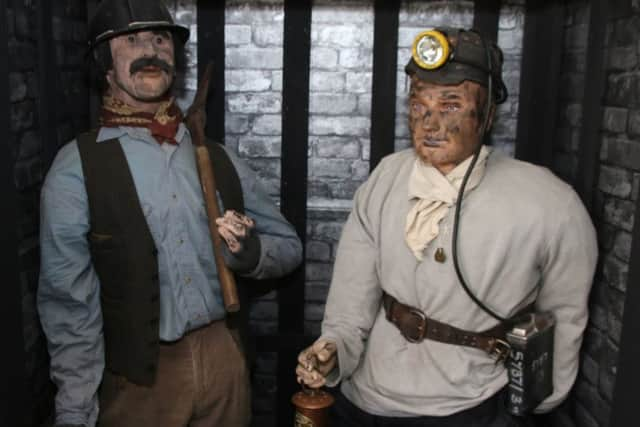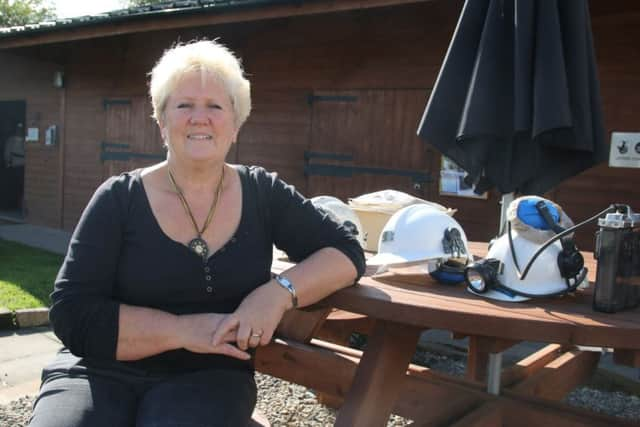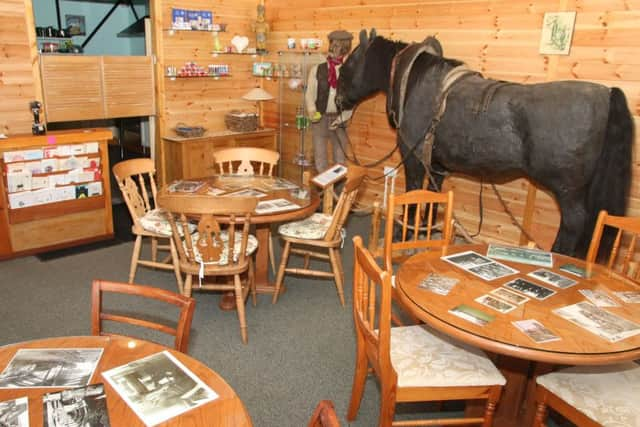Husband and wife unearth layers of town’s rich coal mining history


The couple bought land at Smithson Farm, Reedley Hallows, in 2010 to house horses but soon discovered a rich seam of rusty relics from the area’s past – Woodend Colliery.
It would not be long before Burnley’s first museum to coal mining was born, a place which has just been extended thanks to a grant from the National Lottery.
Advertisement
Hide AdAdvertisement
Hide AdCarole, who previously worked at Blackburn College, said: “Harry and I have no background in coal mining but we thought it would be a great opportunity to open a mining museum.


“Woodend Pit closed in 1959 and the site was derelict when we bought it. Since then people had used it to tip all kinds of rubbish, but when we started to clear it we discovered all kinds of relics from the pit’s past.
“We decided to open a camping and caravan site here, as well as the museum, and they really complement each other. In the last few years the museum has really grown and we have had lots of interest from former miners and other enthusiasts.
“Such has been the interest, that former miners have brought in all kinds of equipment they used, as well as mining memorabilia.
Advertisement
Hide AdAdvertisement
Hide Ad“There’s only the two of us working here so we want to grow it organically, but it just keeps growing.”


The latest addition, opened by Pendle MP Andrew Stephenson, has been a tearoom and cafe.
The couple, originally from Rossendale, have exciting plans for the museum’s future and will be working with local schools to record oral histories from former miners.
They even plan to charter an aeroplane to take aerial photographs of Burnley’s 16 former pits.
Advertisement
Hide AdAdvertisement
Hide AdThe present day images will then be compared to maps from the time when the collieries were open and thriving.


Inside the museum, which also features models of miners at work, visitors can unearth nuggets of fascinating information.
For instance, Burnley’s biggest and most famous colliery – Bank Hall – was, at 1,520ft below the earth, deeper than the height of New York’s famous Empire State Building skyscraper.
Poignant reminders of the dangers facing miners are also present. Original Burnley Express photographs show the aftermath of the infamous Hapton Valley Pit disaster of 1962 when 16 men lost their lives in an explosion.
Advertisement
Hide AdAdvertisement
Hide AdCarole added: “We think the museum is a great opportunity for schoolchildren to learn more about the area’s rich industrial heritage, and we would like more school groups to visit.
“Many Burnley miners were utilised for their tunnelling skills in both World Wars, and all of them have fascinating stories to tell.
“The museum is not-for-profit but the new tearoom now allows us to take pre-booked groups as well as casual visitors.
“Families using our camp site have come from as far away as Switzerland, Spain and Holland.
Advertisement
Hide AdAdvertisement
Hide Ad“There are lots of quirky features to the site including what we think is the world’s largest miner’s lamp and a shepherd’s hut. We have had enquiries from couples wanting to hold their wedding celebrations here too. Although we are hidden away we have never been as busy in our lives.”
For further information about opening hours call Carole on 07809 274910.